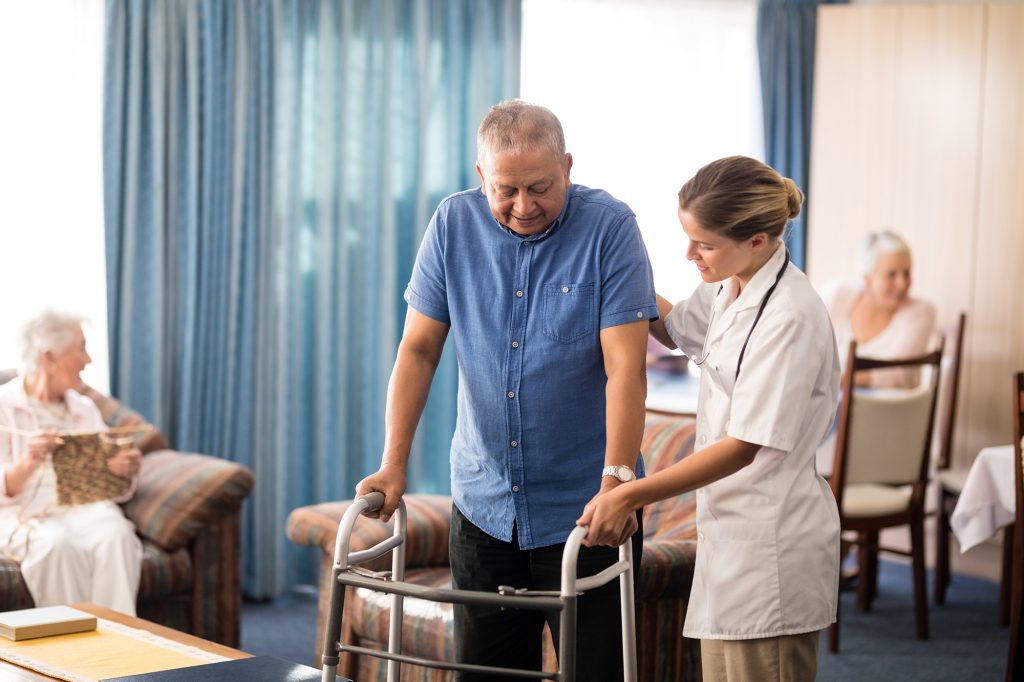Across the UK, the use of isolation rooms – sometimes referred to as internal exclusion – in classrooms is rising. While intended as a tool to manage disruption, growing evidence now shows that this practice may be doing more harm than good.
A recent study from the University of Manchester, based on data from over 34,000 secondary students in Greater Manchester, found that 1 in 12 pupils are placed in isolation at least once a week, often spending more than eight hours there – the equivalent of a full day of learning lost.
It’s not just the lost lessons. Isolation has been linked to reduced wellbeing, strained relationships with teachers, and a weakening sense of belonging in school, particularly for pupils already facing disadvantage or trauma.
So where does this leave schools? How do we create learning environments that are calm and safe for everyone, without affecting vulnerable pupils further?
Isolation: A Symptom, Not a Solution
Behaviour that disrupts learning needs a response, but not every response supports long-term change. Isolation may remove the immediate problem from the classroom, but it often ignores the why behind the behaviour. And without addressing that, it’s likely to repeat.
More worryingly, as the Manchester study showed, certain groups of pupils are being isolated more than others, including those with Special Educational Needs (SEN), those eligible for Free School Meals, and children who identify as LGBTQ+ or come from Black, Asian or mixed heritage backgrounds.
When Punitive Measures Replace Positive Support
The problem is rarely about intent. Schools are under pressure. Teachers are trying to teach. And when support systems are overstretched or underdeveloped, isolation becomes a default, not a decision.
But the effects are compounding:
- Repeated isolation damages trust between students and staff.
- It fragments continuity, pulling students away from both learning and belonging.
- It increases disengagement, especially in young people already facing external challenges.
So, What’s the Alternative?
The data is clear: schools that use isolation heavily also tend to issue more suspensions. This challenges the idea that isolation prevents escalation, in fact, it may simply delay or disguise it.
Research and modern practice are increasingly pointing to models that include:
1. Positive Behaviour Management (PBM)
Positive Behaviour Management is about creating environments where people can thrive. It helps staff recognise behaviour as a form of communication, and equips them to respond with clarity, empathy, and confidence. When done correctly, it reduces the need for exclusion or restraint, and builds a safer, more respectful classroom.
2. Trauma-Informed Responses
Disruptive behaviour is often rooted in distress, not defiance. Trauma-informed training gives staff the tools to recognise when a young person might be reacting to past trauma, and how to avoid unintentionally escalating those responses. It’s about being aware of the emotional weight a child may carry into the classroom and making sure the environment doesn’t add to it.
3. Relational Approaches to Behaviour
Training that supports staff to build trust, communicate with consistency, and hold boundaries with compassion leads to calmer classrooms. When staff feel confident in how to relate to pupils, students are more likely to stay engaged, feel safe, and learn effectively.
Training Is Not the Whole Answer, But It’s a Good Place to Start
What we teach adults about behaviour matters. In fact, it often defines how they teach and how they respond. The goal isn’t to make behaviour challenges disappear overnight. It’s to create the conditions where they’re understood, supported, and reduced – not simply pushed out of sight.
We help schools move away from rigid models towards a more adaptable, compassionate, and person-centred approach. One that recognises behaviour as communication, and equips staff to respond safely, confidently, and consistently.
If your school or organisation is rethinking its approach to behaviour, we’re here to help.
Let’s talk about training that works for your team, your setting, and the students you serve.





